Samsung joins humanoid robots race with larger stake in Rainbow Robotics
Samsung has also set up the Future Robotics Office to foster the development of AI-powered future robots
By Dec 31, 2024 (Gmt+09:00)
LG Chem to sell water filter business to Glenwood PE for $692 million


KT&G eyes overseas M&A after rejecting activist fund's offer


Mirae Asset to be named Korea Post’s core real estate fund operator


StockX in merger talks with Naver’s online reseller Kream


Meritz backs half of ex-manager’s $210 mn hedge fund


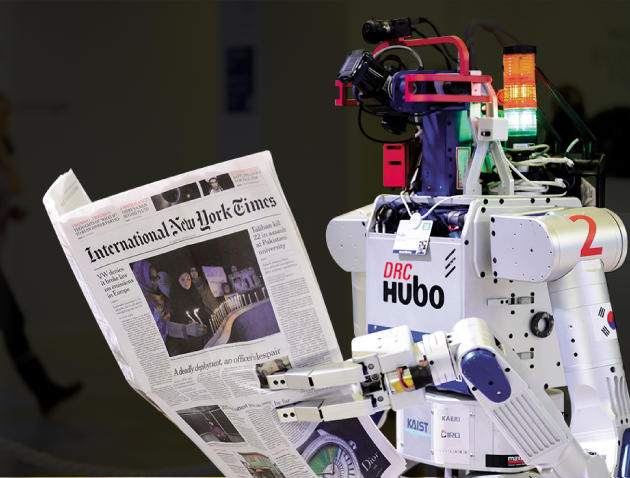
Samsung Electronics Co. has become the largest shareholder of Rainbow Robotics Co., a South Korean collaborative robot maker, as the tech giant spends heavily on the robotics business, one of its growth drivers.
Samsung said on Tuesday it raised its stake in Rainbow Robotics to 35% by exercising the call option it obtained in March 2023. With the greater stake, Rainbow will now become a Samsung subsidiary.
In January of last year, Samsung acquired 10.2% of the Kosdaq-listed Rainbow Robotics for 59 billion won ($40 million), marking the tech giant’s first investment in a domestic collaborative robot maker.
Samsung purchased more shares in the robotics firm in March 2023, raising its stake in Rainbow to 14.99%. At the time, it also signed a call option contract allowing it to buy stakes held by Rainbow’s largest shareholder and relevant parties first if they put their holdings up for sale.
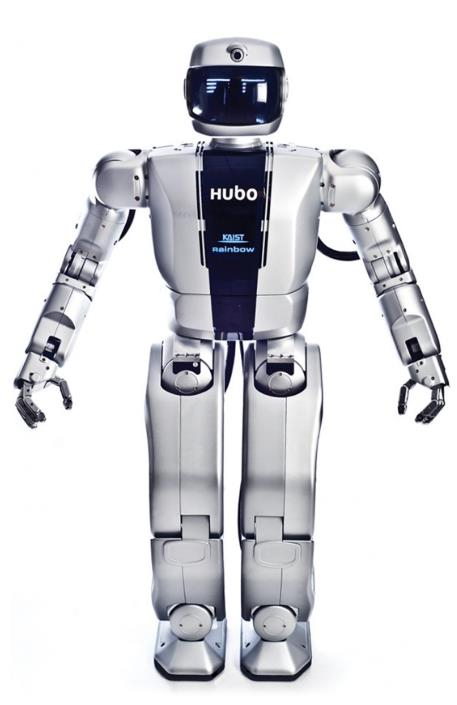
Collaborative robots are intended for direct human-robot interaction within a shared space or where humans and robots are near each other. Such robots are becoming more advanced thanks to artificial intelligence and big data.
Rainbow Robotics was founded in 2011 as the humanoid robot research center of KAIST, the Korea Advanced Institution of Science and Technology, one of the country’s most prestigious universities.
Rainbow is also developing products such as quadruped walking robots, bipedal platforms and autonomous mobile robots with Hyundai Rotem Co., a unit of Hyundai Motor Co.
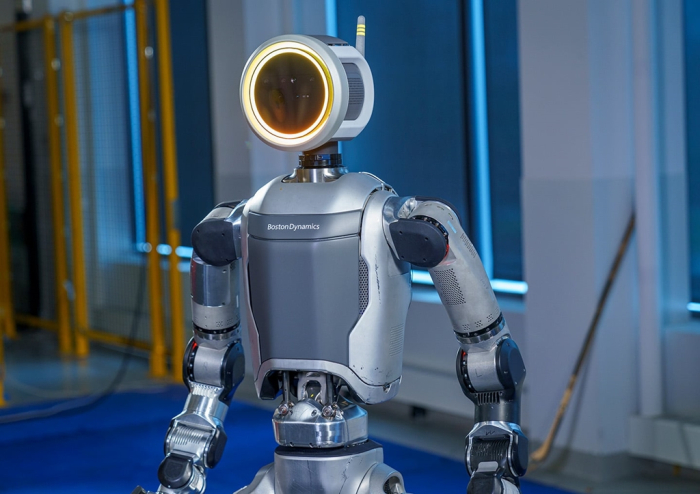
TO ACCELERATE FUTURE ROBOT DEVELOPMENT
By collaborating with Rainbow Robotics, Samsung intends to solidify its foundation in the development of advanced robot technology.
By combining its AI and software technology with Rainbow Robotics’ technology — which created Korea’s first bipedal robot Hubo — Samsung hopes to accelerate the development of intelligent advanced humanoids.
Samsung said it will also set up a council with Rainbow Robotics to create synergy in their robotics business and identify new market trends at home and abroad.
Samsung plans to utilize Rainbow Robotics’ collaborative robots, dual-arm mobile manipulators and autonomous mobile robots for manufacturing and logistics automation tasks at its plants.
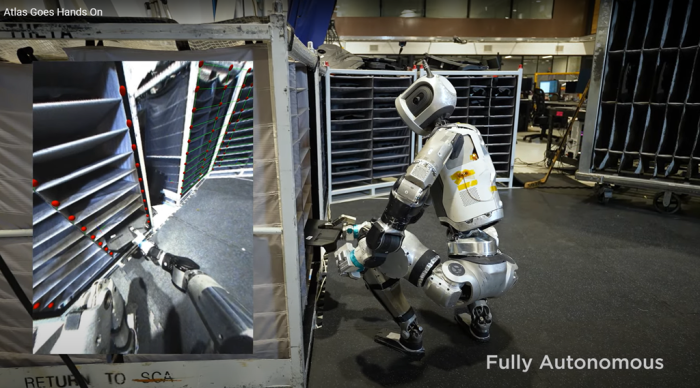
SAMSUNG TO SET UP FUTURE ROBOTICS OFFICE
Samsung said it will launch the Future Robotics Office, whose chief will report directly to the CEO.
The office will be tasked with developing future robots including humanoid robots, with the aim of securing competitiveness in new technologies for future robots.
Oh Jun-ho, a founding member of Rainbow Robotics and an honorary professor at KAIST, will serve as a Samsung advisor and head up the Future Robotics Office after retiring from Rainbow Robotics.
Samsung’s latest move builds on Vice Chairman and Co-Chief Executive Han Jong-hee’s aggressive push to foster robotics as one of its key businesses to drive future growth. The company set up a robotics business team in 2022.
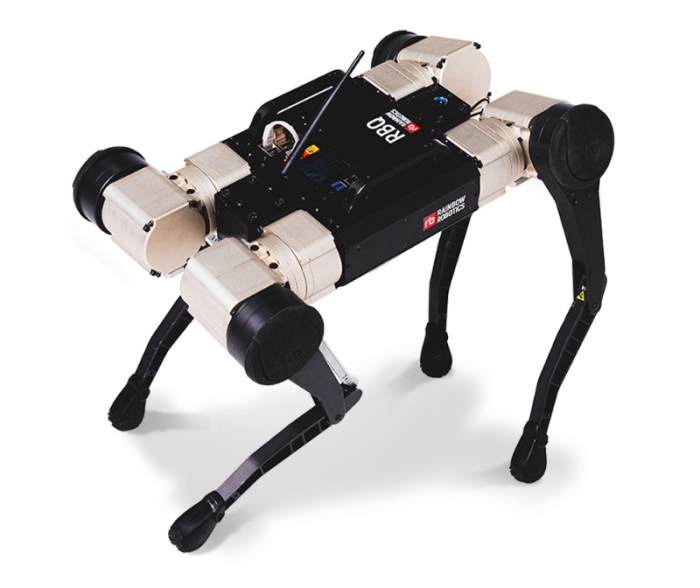
Korea’s other major conglomerate, Hyundai Motor Group, is also pursuing the robotics business, with its 2020 acquisition of US robotics firm Boston Dynamics Inc. from SoftBank Group.
In October, Hyundai Motor and Japan’s Toyota Motor Corp. said they would team up via their affiliates to accelerate the development of humanoid robots using artificial intelligence.
Write to In-Soo Nam at isnam@hankyung.com
Joel Levin edited this article.
-
 ElectronicsSamsung’s AI-powered robot vacuum cleaner takes on China’s Roborock
ElectronicsSamsung’s AI-powered robot vacuum cleaner takes on China’s RoborockNov 01, 2024 (Gmt+09:00)
2 Min read -
 Future mobilityHyundai-owned Boston Dynamics, Toyota team up for humanoid robots
Future mobilityHyundai-owned Boston Dynamics, Toyota team up for humanoid robotsOct 17, 2024 (Gmt+09:00)
4 Min read -
 RoboticsSamsung to unveil its first wearable robot Bot Fit by end-October
RoboticsSamsung to unveil its first wearable robot Bot Fit by end-OctoberOct 14, 2024 (Gmt+09:00)
4 Min read -
 Korean chipmakersSamsung strives to prevent musculoskeletal disorders in the workplace
Korean chipmakersSamsung strives to prevent musculoskeletal disorders in the workplaceSep 09, 2024 (Gmt+09:00)
2 Min read -
 RoboticsRainbow Robotics develops 4-legged counter-terrorism robot
RoboticsRainbow Robotics develops 4-legged counter-terrorism robotAug 13, 2024 (Gmt+09:00)
2 Min read -
 RoboticsSamsung raises Rainbow Robotics stake, eyes management control
RoboticsSamsung raises Rainbow Robotics stake, eyes management controlMar 16, 2023 (Gmt+09:00)
2 Min read -
 RoboticsHyundai-owned Boston Dynamics’ Atlas, Stretch, Spot to take on Tesla Bot
RoboticsHyundai-owned Boston Dynamics’ Atlas, Stretch, Spot to take on Tesla BotNov 23, 2022 (Gmt+09:00)
3 Min read -
 Corporate restructuringSamsung launches merged set division as DX; robotics new growth driver
Corporate restructuringSamsung launches merged set division as DX; robotics new growth driverDec 12, 2021 (Gmt+09:00)
4 Min read


